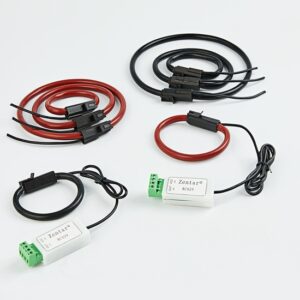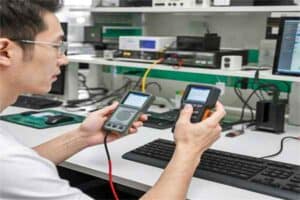Zero-sequence current transformers are also called residual current transformers, ground current transformers or leakage current transformers. They are usually used in power fire protection equipment. When the power system generates zero-sequence grounding current, it is used in conjunction with the relay protection device for pre-protection or monitor.
The basic principle of the zero sequence current transformer is based on Kirchhoff’s current law: the algebraic sum of the complex current flowing into any node in the circuit is equal to zero. When the circuit and electrical equipment are normal, the vector sum of each phase current is equal to zero, Ia+Ib+Ic=0. Therefore, the secondary winding of the zero sequence current transformer has no signal output, and the actuator does not operate. When a ground fault occurs, the vector sum of the phase currents is not zero, Ia+Ib+Ic=Io>0, Io is the zero sequence current or called leakage current, fault current, the fault current makes the zero sequence current transformer Magnetic flux is generated in the toroidal core, and the induced voltage on the secondary side of the zero-sequence current transformer causes the actuator to act, drive the tripping device, switch the power supply network, and achieve the purpose of ground fault protection.




